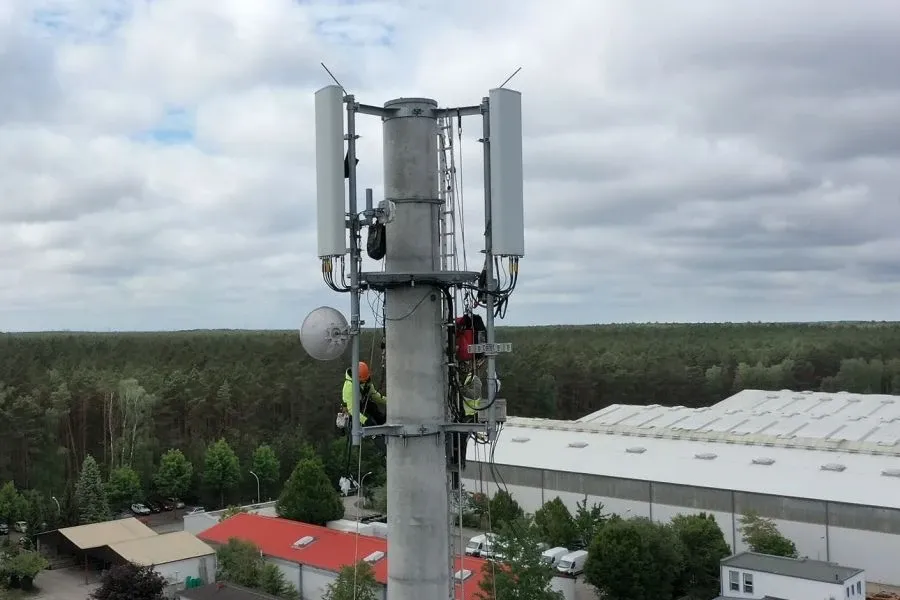Nokia and TIM Sign New 5G Deal
Nokia signed a 5G deal with Telecom Italia.

Deutsche Telekom is now using a new frequency in its 5G network: 700 megahertz (MHz). With this, DT is improving mobile communications coverage in rural areas.
More customers can now surf the internet faster at the same time. Ten megahertz of additional bandwidth are available exclusively for 5G. This ensures short download times. More than 3,000 antennas are transmitting 5G at 700 MHz, which corresponds to about 1,100s antenna locations.
"In the course of the expansion, the use of the 700 MHz frequency for 5G is the logical continuation of our spectrum strategy: We want to offer our customers the best network at all times and everywhere. We are thus reaching even more people nationwide with fast internet and improving 5G coverage in rural areas. This is how we create a real value for our customers," said Walter Goldenits, head of technology at DT.
An antenna on the 700 MHz frequency forms a large radio cell that reaches a radius of five to ten kilometers, depending on the geographical conditions. In a future-proof way, DT also brings the latest mobile radio standard in areas with no or little reception. In Germany, 92 percent of people can use 5G. More than 67,000 5G antennas are transmitting on Telekom's network. Many devices are already compatible with the new 700 MHz frequency. These include smartphones from Xiaomi, Oppo, and the Fairphone 4, as well as the Samsung Galaxy S22 series.